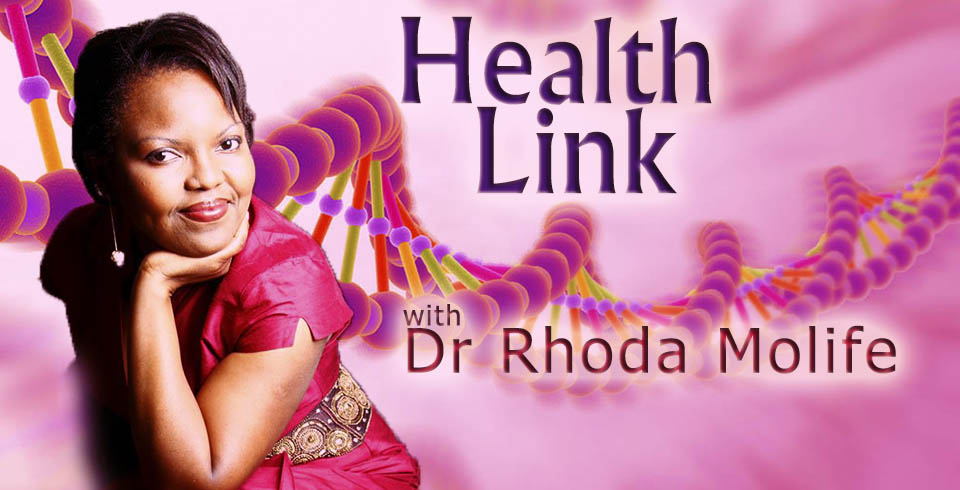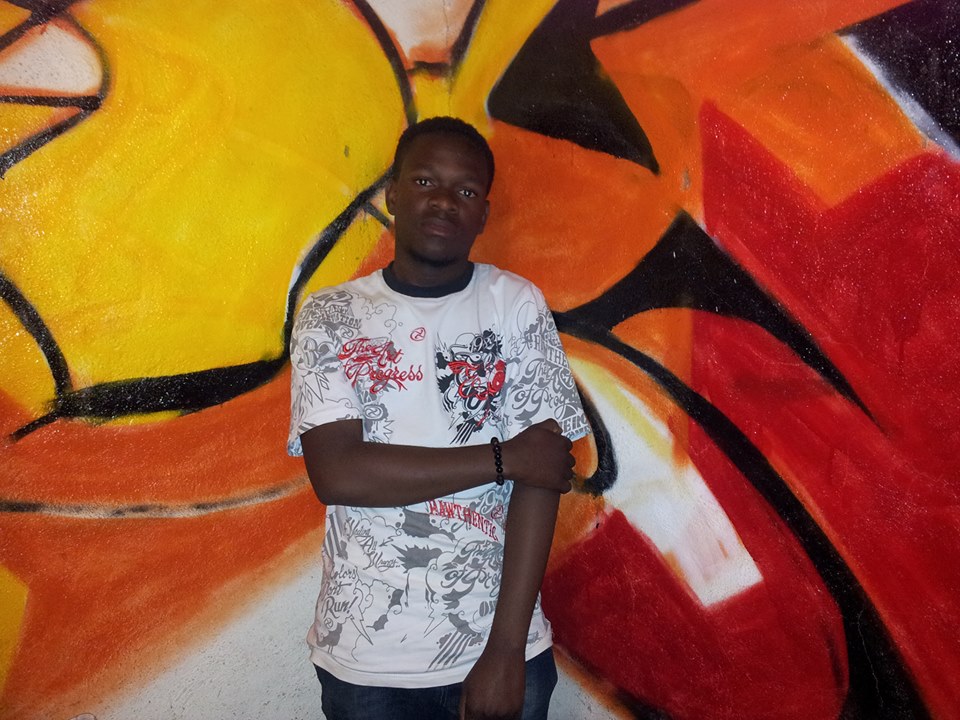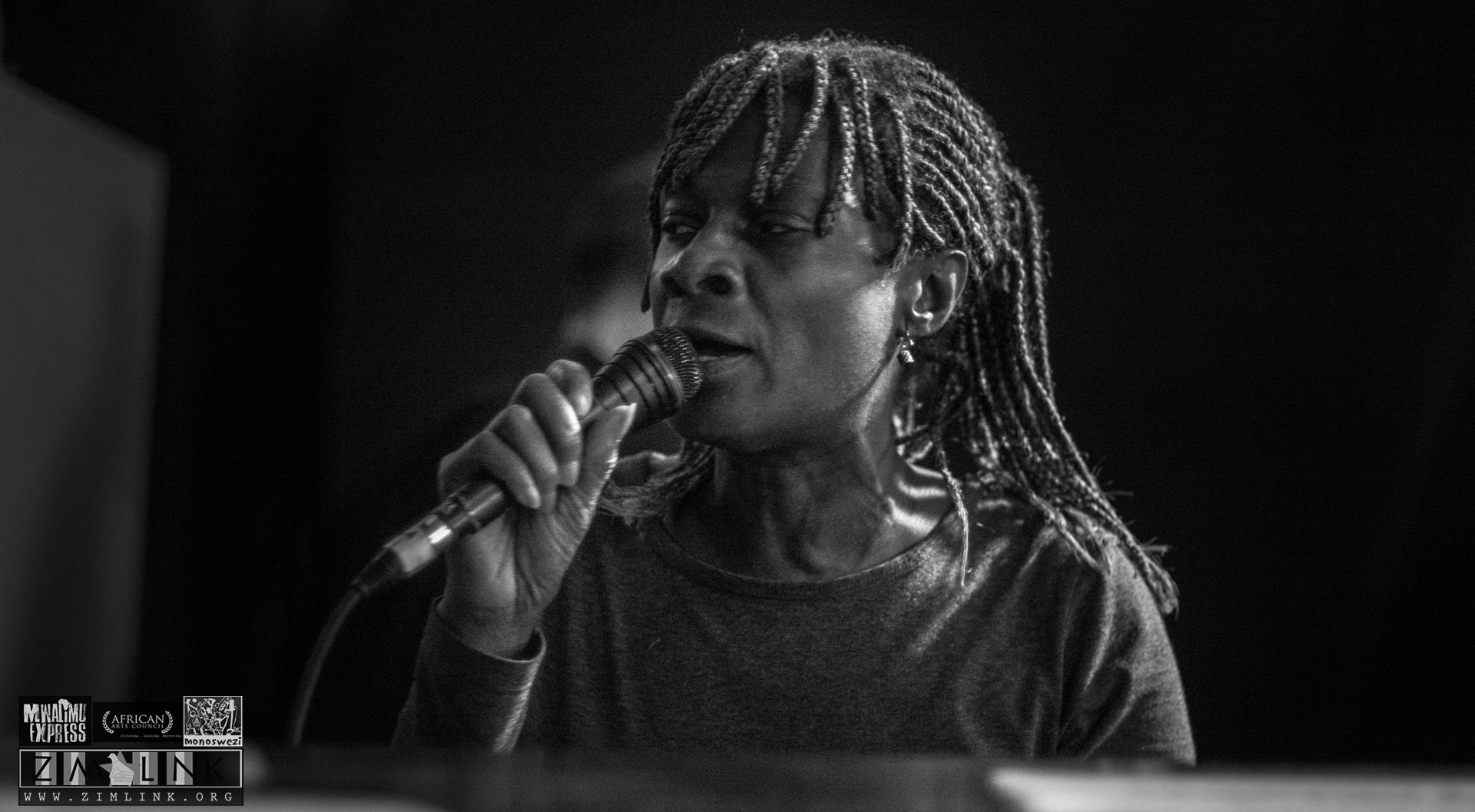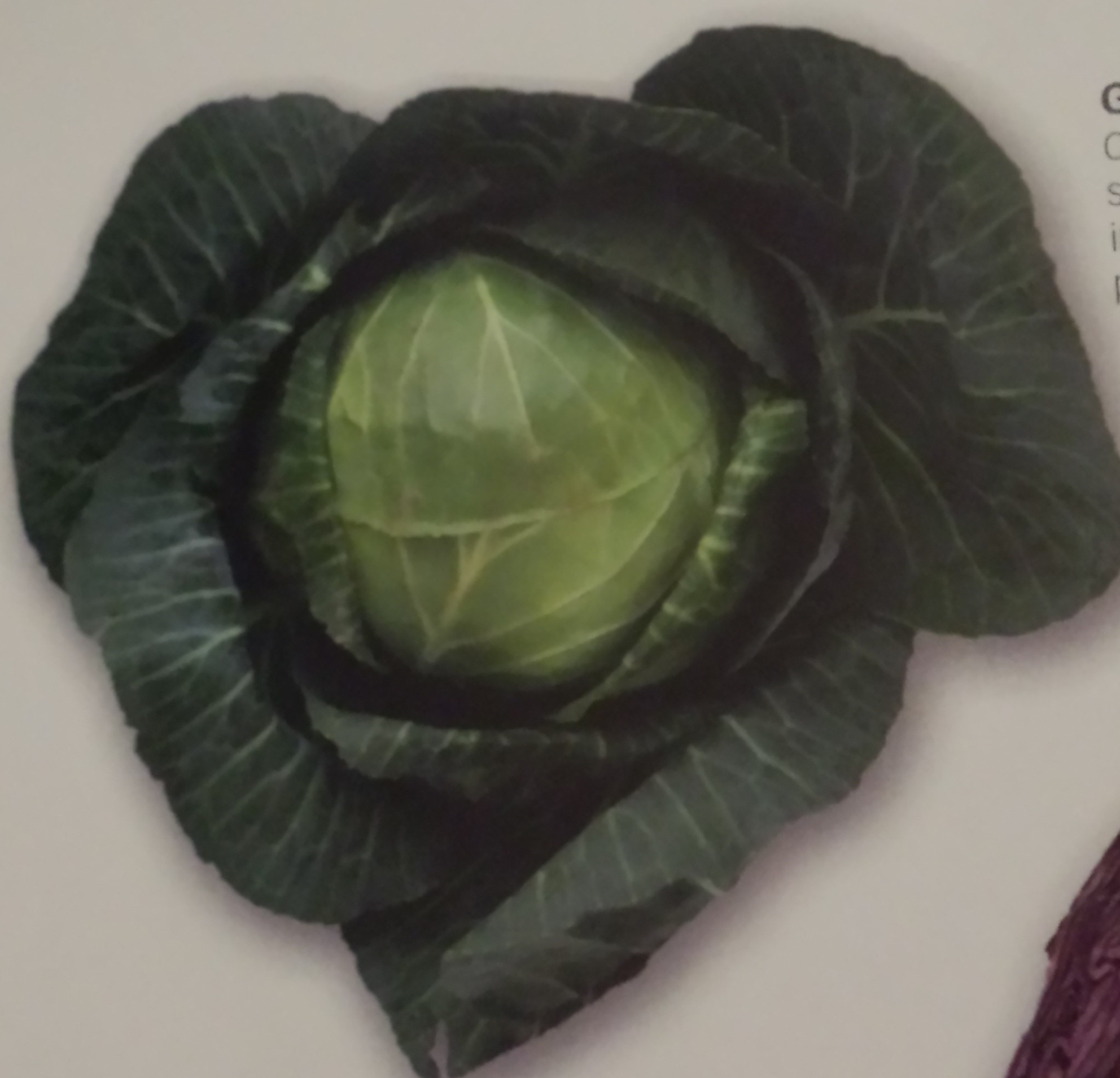What is cancer?
All of our organs like the heart, lungs, liver and skin are made up of building blocks called cells. These cells look and work differently depending on their job, but they all grow in the same controlled and orderly way. When they are damaged or become old, they automatically die. This is called programmed cell death or apoptosis.
When cells are damaged, the genetic material in them called DNA – that’s the stuff that codes for all of our features – also becomes damaged. This can cause ‘mutations’ – abnormal changes in the DNA – many of which instruct cells to grow out of control. If this damage is not repaired, the mutated cell can continue to grow and divide, and never die. As new cells keep popping up and damaged cells don’t die, a lump called a tumour forms.
Image adapted from Understanding Cancer Series, National Cancer Institute
http://www.cancer.gov/cancertopics/understandingcancer/cancer/page4
Tumours can be benign or malignant:
A benign tumor does not grow into or spread to other parts of the body. Once it is removed, it usually doesn’t grow back.
A malignant tumour, a cancer, can grow and spread to other parts of the body and can sometimes grow back even after it has been removed.
So a cancer is a malignant tumour made up of cells that are growing in an uncontrolled and disorderly manner, and that can spread to different parts of the body.
What types of cancer are there?
There are over 200 types of cancers. Cancers are usually named according to the organ or type of cell they come from. So colon (bowel) cancer starts in the colon (or bowel), breast cancer starts in the breast, lung cancer starts in the lung and so on. You might also hear of cancer being described as carcinoma or sarcoma or lymphoma or leukemia; this is another way of grouping cancers according to the cells that they start from.
So:
Carcinomas are cancers that start from the skin or the linings of our organs. They are then given names such as ‘adenocarcinoma’ or ‘squamous cell carcinoma’ depending on what type of cells they started from – an adenocarcinoma starts from glandular type cells (the Latin prefix adeno- means gland) and squamous cell carcinoma starts from squamous type cells. Squamous cells are flat scale –like cells that are found on the surface of the skin and linings of organs like the lungs. Carcinomas are the most common type of cancer and make up about 80-90% of all cancer types.
Sarcomas are cancers that start from the bones or soft tissue (like muscle, cartilage and blood vessels). So an ‘osteosarcoma’ starts in the bones (the Latin prefix osteo- means bone) They are rare and make up 1% of all cancers.
Leukemias are cancers that start from blood cells; these cancers don’t usually form a lump. Together with lymphomas, these make up about 7% of cancers.
Lymphomas and myelomas are cancers that start from the cells or organs of the immune system like the lymph glands.
Central nervous system cancers start from the brain (brain tumor) and the spinal cord. They are also rare and make up about 3% of all cancers
What is the difference between a primary and a secondary cancer?
The primary site of a cancer is where it first started to grow, so a primary cancer is the original or first cancer. For example, if a cancer first started in the breast, the original lump in the breast is the primary. At the primary stage, many cancers can be completely removed with an operation (surgery).
Now if the cells from that primary breast cancer were to spread to another part of the body, like the lungs, and form new malignant tumours, the new tumours are called ‘secondaries’ or ‘metastases’. These secondaries are still a breast cancer and would be treated like a breast cancer – not as a lung cancer. They are now called breast cancer secondaries or breast cancer metastases.
How does cancer spread?
Malignant cells that make up cancers are different from those cells in benign tumours because they can break free and spread to other parts of the body.
First of all, the malignant cells can grow into surrounding normal tissue. Using the example of a lung cancer, the malignant cells can grow into the normal lung tissue around it. They then come up to blood and lymphatic vessels and grow into these channels. Blood vessels carry blood cells and lymphatic vessels belong to the immune system and carry lymph fluid and special types of white cells that fight all diseases including cancer.
The blood and lymph fluid can transport the malignant lung cells around the body. They lodge or become blocked in small blood vessels called capillaries, and eventually squeeze their way out into surrounding tissues. If the conditions are right for them in this new location, they then start to grow into new lumps. Lung cancer cells for example seem to be able to grow in liver and bone tissue. In their new location, the lung cancer cells are able to stimulate the growth of their own blood supply that can provide the nutrition they need to grow.
Adapted from National Cancer Institute Resources
http://www.cancer.gov/cancertopics/understandingcancer/angiogenesis/AllPages
The process of metastasis (cancer spread) is complicated for many reasons; for example
- The malignant cells can instruct normal cells to help them spread
- The malignant cells can hide from the immune system which is constantly working to rid the body of abnormal cells
- Not all cells that get into the blood or lymph system will grow into secondaries
- In some cases, it may be years before secondaries appear, in other cases, just weeks or months
One of the main aims of cancer treatments, old and new, is to stop the growth of secondaries. This is because it is much easier to cure or control a cancer at the primary stage, when it is in one location.
In the next article we will talk about what causes cancer.


















